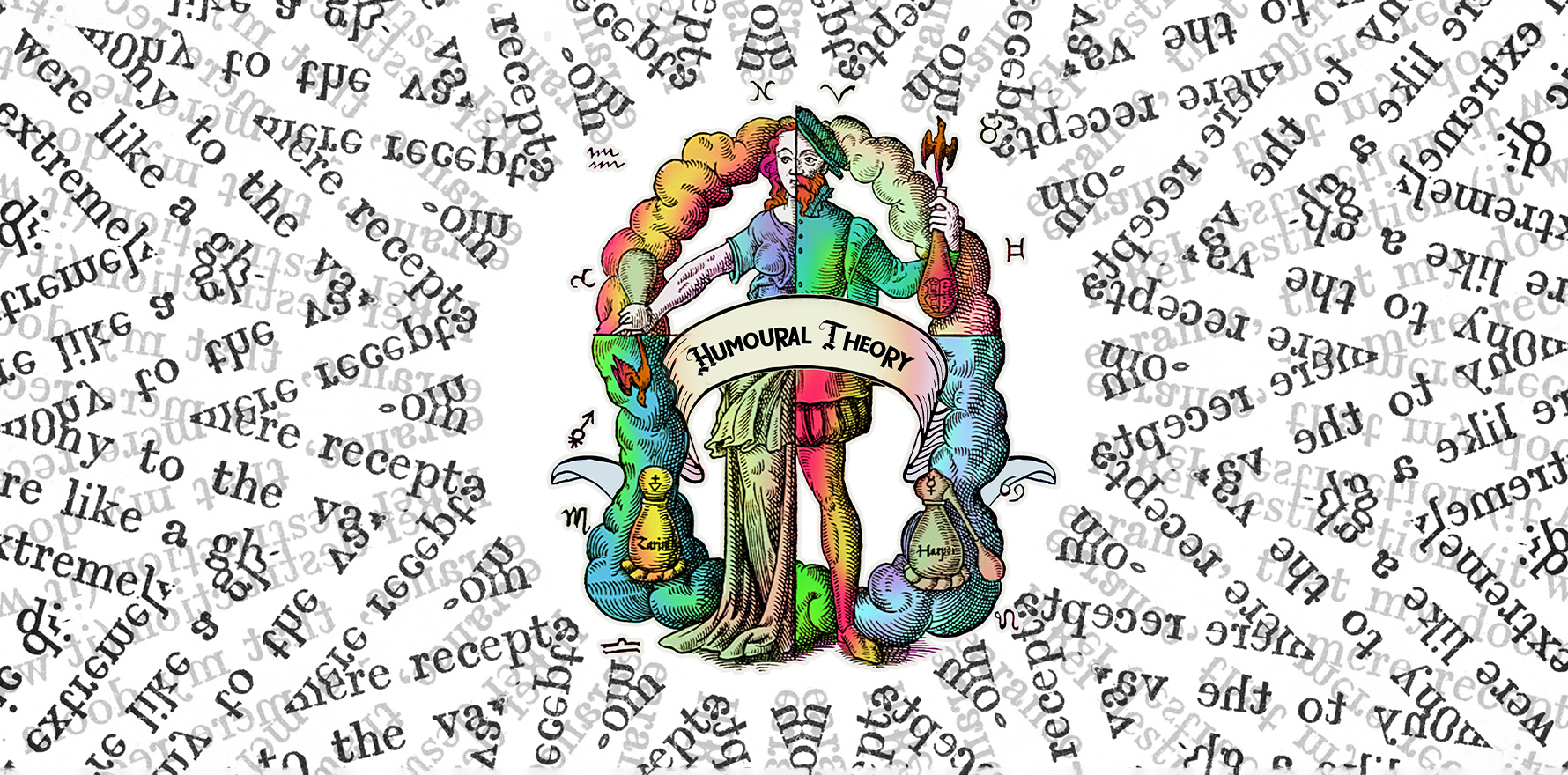If the foreshadowed reforms remind you of a Tristan Tzara poem, you’re not alone.
General practice is to be saved by snipping up long sentences, jumbling them around in a hat and then pulling them out at random, it has emerged.
The cut-up technique can be traced back to the Dadaists in the 1920s and it’s been used by creatives ever since.
“It’s a very simple technique to learn,” Professor Candid told The Medical Republic. “You just get a linear text, a pair of scissors, cut it up in bits, mess them about a bit and put them back together again.
“I’ve sat and read all six communiques released by the Strengthening Medicare Taskforce, and I’m still none the wiser. I think the reason for this is that Mark Butler and his committee are using a similar method to the Dadaists, an artistic technique that brought us urinals and floppy clocks.

“For example, in a public announcement on Monday Mr Butler said:
“We need acute and chronic and acute on chronic care for skyrocketing patients in a digitally enhanced wraparound glove and we need to apply an allied health staff funding model to prioritise a seamless multi-disciplinary team to general practice funding, with voluntary patient registration, $750 million, improved patient access and a functional hand in a unique skills blender. Let me just say, this isn’t going to be easy!”
The individual words like “blender” “glove” and “million” that Mr Butler uses make sense, but unfortunately the order in which they are used creates a confusing effect similar to a psychedelic drug experience.
“The technique of using lots of words to say next to nothing works really well in certain situations,” Professor Candid explained – “situations where you want to hide the fact that you haven’t got enough money or ideas to make a difference so you need to jiggle things about a bit and you hope to God that nobody notices.”



